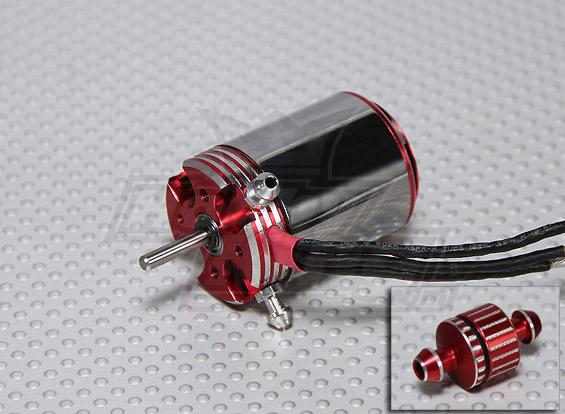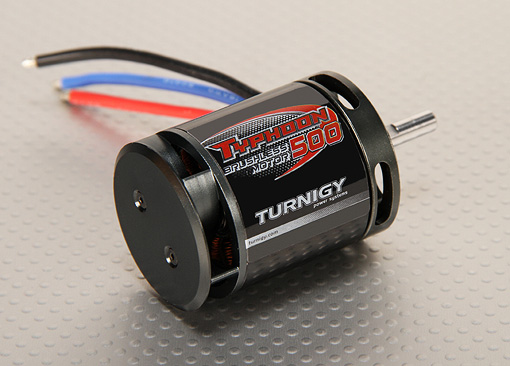Kodin
1 kW
So I've been following Justin's definitive cooling thread for a while and it's been giving me more and more questions as time goes on.
First off, I was surprised to learn that stronger magnets may increase a motor's torque, but may decrease it's efficiency due to losses elsewhere. Questions I've had recently include the following:
For an outrunner hub-motor, does the ring the magnets are mounted on contain iron or is it simply aluminum? What is the purpose of the iron? To focus the magnetic field inward? Magnetic shielding? Something else?
Are there better options than iron for this purpose? Maybe copper? I'm thinking along the lines of thermal transfer properties, though magnetic efficiency would also be good.
Are there better options for stator core than thin-lamination iron stacks? So far I see great improvements in cogging going from a 0.50mm stator slice size to 0.35mm; would going to 0.20mm be advantageous or is it better to go to some sort of insulated composite like a nanoparticle-saturated epoxy formulation?
I'm mostly curious about what options are available to improve various aspects of a "standard" size hubmotor. (LeafBike MXUS, QS, etc...) Most use common parts like magnet ring diameter, side covers, etc, so identifying items that could be replaced for better performance or at least different tuning would be advantageous across the board. If you have input, I'd love to hear it.
First off, I was surprised to learn that stronger magnets may increase a motor's torque, but may decrease it's efficiency due to losses elsewhere. Questions I've had recently include the following:
For an outrunner hub-motor, does the ring the magnets are mounted on contain iron or is it simply aluminum? What is the purpose of the iron? To focus the magnetic field inward? Magnetic shielding? Something else?
Are there better options than iron for this purpose? Maybe copper? I'm thinking along the lines of thermal transfer properties, though magnetic efficiency would also be good.
Are there better options for stator core than thin-lamination iron stacks? So far I see great improvements in cogging going from a 0.50mm stator slice size to 0.35mm; would going to 0.20mm be advantageous or is it better to go to some sort of insulated composite like a nanoparticle-saturated epoxy formulation?
I'm mostly curious about what options are available to improve various aspects of a "standard" size hubmotor. (LeafBike MXUS, QS, etc...) Most use common parts like magnet ring diameter, side covers, etc, so identifying items that could be replaced for better performance or at least different tuning would be advantageous across the board. If you have input, I'd love to hear it.



